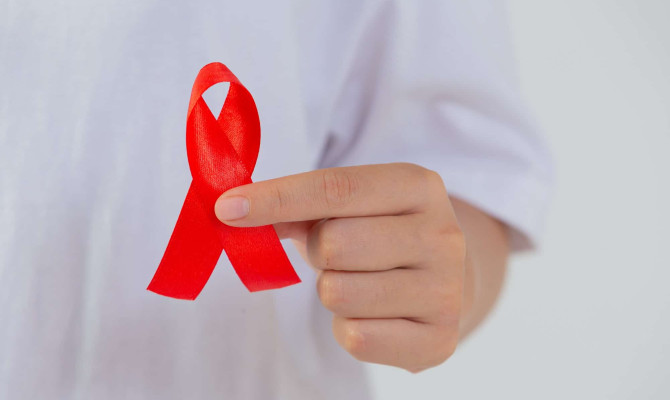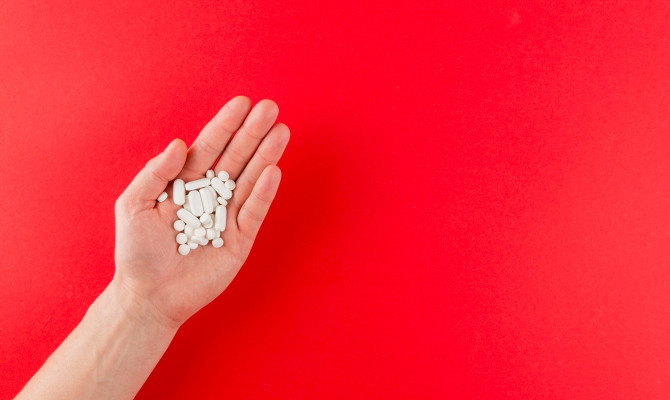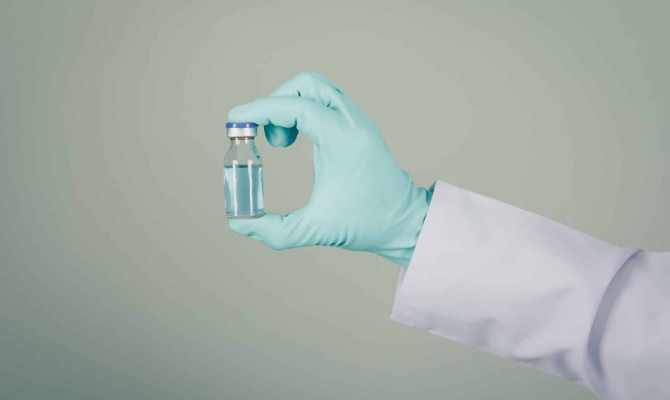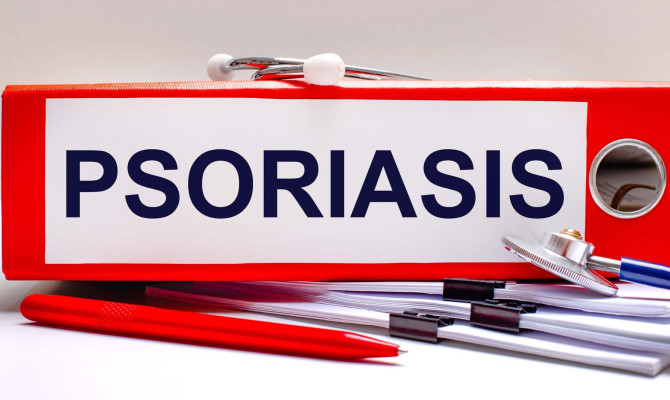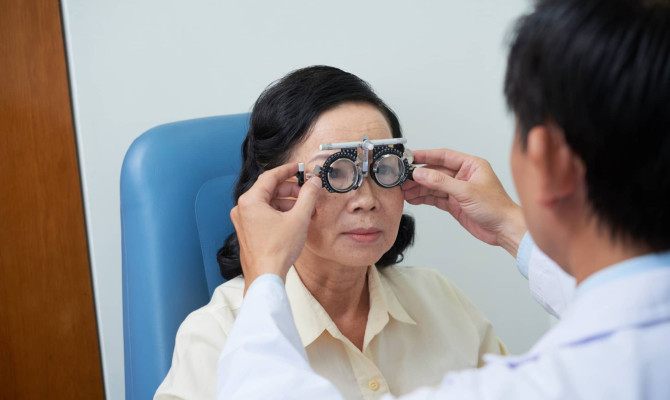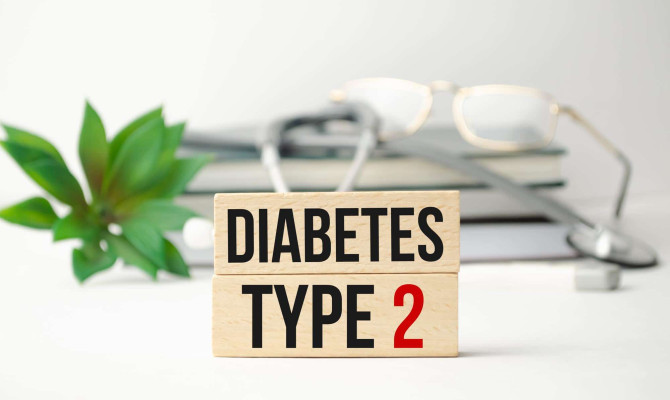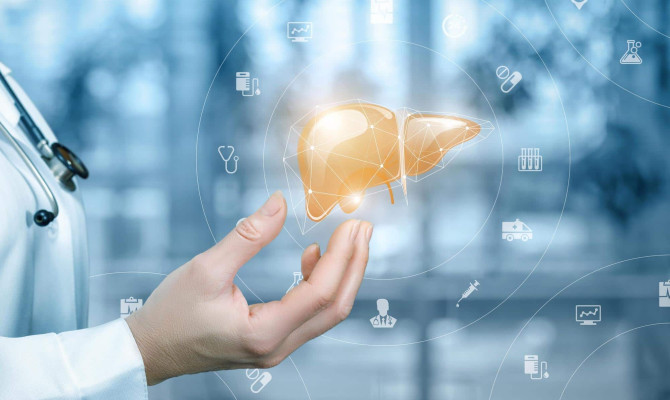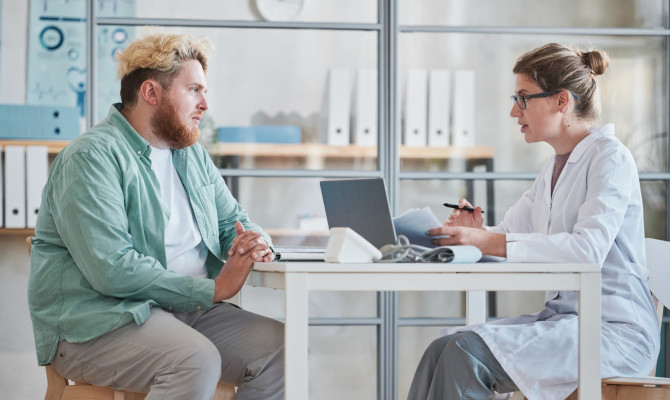Farxiga: Uses, Dosage, Side effects and Interactions

- Farxiga
- 22 Aug 2023
Overview
What is Farxiga?
Farxiga, also referred to by the drug’s generic name of dapagliflozin, is a member of the group of medications known as sodium-glucose cotransporter 2 (SGLT2) inhibitors. It is an FDA-approved medication for treating adult illnesses such as type 2 diabetes, kidney problems, and heart failure.1Overview| Researched based study from Medlineplus.gov The detailed description of Farxiga in this article covers its mechanism of action, uses, dosage, administration, storage, adverse effects, contraindications, precautions, and interactions.

How does it work?
- Farxiga works by suppressing SGLT2, a protein the kidneys use to reabsorb glucose.
- It lowers blood sugar levels by inhibiting the activity of SGLT2 and assisting the kidneys in excreting extra glucose through urine.2Overview| Researched based study from Nlm.nih.gov
Uses
What is Farxiga used for?
Farxiga is approved for use in adults to:
- Control blood sugar much effectively in type 2 diabetics, together with exercise and diet.
- Reduce the likelihood that certain persons with type 2 diabetes, heart failure, or kidney illness will need to be hospitalized or get emergency medical attention because of heart failure.
- Heart failure or chronic renal disease may reduce the risk of dying from a heart or blood vascular issue in some patients.
- Prevent specific individuals with chronic renal disease from worsening their kidney function.3Uses| Researched based study from Farxiga.com
Dosage
Dosage of Farxiga
There are two strengths of oral tablets for Farxiga:
- 5 mg.
- 10 mg. 4Dosage| Researched based study from Dailymed.nlm.nih.gov
It is crucial to adhere to the prescribed dosage and administration guidelines given by the healthcare professional because the dosage may change depending on the specific patient features, such as kidney function and tolerance.
For Type 2 diabetes
- Five milligrams taken once daily is often the recommended Farxiga starting dose.
- If further glycemic control is required, increase the dose to 10 mg once daily. 2Dosage| Researched based study from Nlm.nih.gov
For kidney disease, heart failure, and to lower heart failure-related deaths
- Adults should take 10 milligrams (mg) of the medication once daily.2Dosage| Researched based study from Nlm.nih.gov
How to take Farxiga?
- How to take – the tablet is typically taken once daily through the mouth, either with or without food.
- Time – The tablet should be swallowed whole, with or without meals, once per day.
- Do as instructed – take Farxiga as prescribed and never more or less frequently than your doctor prescribes.1Dosage| Researched based study from Medlineplus.gov
- Missed dosage – Take the missed dose right away if you remember to. But never take two doses at once to make up for missed ones if it is too late.5Dosage| Researched based study from Mayoclinic.org
Storage
Storage of Farxiga
- Farxiga must be stored at room temperature, away from moisture, and under direct sunlight. 6Storage| Researched based study from Fda.gov
- People should store it safely away from children in its original container with the lid adequately fastened.
- Avoid keeping this medicine in the freezer or bathroom.
- Safe storage guarantees the effectiveness of the drug and preserves its stability.
Side effects
Side effects of Farxiga
A few potential adverse effects of Farxiga include the following:
- Headache
- Dry mouth
- Sore throat
- Runny nose
- Lightheadedness
- Dark urine
- Constipation
- Increased thirst
- Cloudy or bloody urine
- Genital yeast infection in men and women – redness, swelling, itching, abnormal discharge. 6Side effects| Researched based study from Fda.gov
- Frequent urination
- Lower back pain on the sides
- Fatigue 7Side effects| Researched based study from Clevelandclinic.org
- Itching
- Hives
- Skin rashes
- Skin swelling of the lips, tongue, face, or throat.
The above list may not have covered all the side effects. People should discuss with a healthcare provider if they experience new symptoms after taking this drug.
Contraindications
Contraindications
The usage of Farxiga is not advised in the following individuals:
- Those who are severely allergic or hypersensitive to Farxiga (dapagliflozin).
- Individuals with type 1 diabetes.
- Type 2 diabetics who also have moderate to severe kidney issues.
- People who have taken immunosuppressive medicine to treat kidney illness or those with specific genetic types of polycystic kidney disease.3Contraindications| Researched based study from Farxiga.com
Precautions
Risks and precautions
Even though Farxiga is typically tolerated well, there are a few hazards and safety measures to be aware of when using it:
- Severe kidney disease – Patients with end-stage renal disease or severe renal impairment should not take the drug because Farxiga may worsen kidney damage.
- Hypersensitivity – People who have previously experienced sensitivity to dapagliflozin or any of the product’s ingredients should refrain from using it.
- Diabetic ketoacidosis (DKA) – Farxiga increases the risk of a dangerous illness marked by elevated blood ketone levels. Patients should seek emergency medical assistance if they experience confusion, nausea, vomiting, or abdominal pain.
- Risk of dehydration – Farxiga may make a person more susceptible to dehydration. One can consult a doctor about how much liquids they should consume daily to prevent dehydration.
- Low blood sugar – Farxiga may make hypoglycemia more likely, especially when taken with other blood sugar-lowering medications like insulin or sulfonylurea.4Precautions| Researched based study from Dailymed.nlm.nih.gov
- Urinary tract infections (UTI) – Farxiga increases people’s chance of getting a UTI. People with frequent UTIs should speak with a doctor to find out if this Farxiga is safe for them.8Precautions| Researched based study from Mayoclinic.org
- High cholesterol level – Farxiga might increase cholesterol levels in individuals, and people with high cholesterol should talk to their doctor.
- Perineal Necrotizing Fasciitis (Fournier’s Gangrene) – this drug increases the risk of a severe life-threatening condition called Fournier’s gangrene in both men and women. Therefore, patients should be assessed for genital pain or soreness, erythema, swelling, fever, or other illness, and immediate therapy should be implemented.6Precautions| Researched based study from Fda.gov
- Genital mycotic infections – are more likely to occur when taking Farxiga. Patients were more likely to experience genital mycotic infections if they had a history of having them.
- Pregnant or breastfeeding women – Farxiga is not advised for use in pregnant or nursing women. Therefore, they should tell their doctors.
- Children – should not consume Farxiga as their effectiveness and safety are not proven among people under 18.
It is crucial to inform healthcare providers about any pre-existing medical conditions, including liver disease, heart failure, or diabetic ketoacidosis, as these factors may affect the suitability of Farxiga treatment.
Interactions
Interactions of Farxiga
The following substances and medications may interact with Farxiga:
- Insulin or other blood sugar-lowering medications – Lessening insulin or other diabetes medication dosages may be necessary with concurrent use to lessen the risk of hypoglycemia (low blood sugar).6Interactions| Researched based study from Fda.gov
- Lithium – Using an SGLT2 inhibitor and lithium can lower serum lithium concentrations. During the beginning of FARXIGA and dosage adjustments, serum lithium content should be checked more often. 4Interactions| Researched based study from Dailymed.nlm.nih.gov
- May interfere with Urine Glucose Test – Farxiga enhances glucose excretion in the urine, producing a positive urine glucosuria result. Therefore, alternate techniques can be used to check glycemic control.6Interactions| Researched based study from Fda.gov
- Alcohol – people should limit their alcohol consumption while taking Farxiga as their risk of low blood sugar is increased by the effects of alcohol.
Before taking Farxiga, it is recommended that people discuss all the medications they are currently taking, including prescription drugs, over-the-counter medicines, herbal drugs, and supplements, as the above list of drug interactions does not cover all the medications known to interact with Farxiga.
Any feedback on this article?
 This Articles content was accurate
This Articles content was accurate Very Informative Article
Very Informative Article I have a question or a comment
I have a question or a comment
 This article contains inaccurate content
This article contains inaccurate content This article was not helpful
This article was not helpful I have a question or a comment
I have a question or a comment
We appreciate your helpful feedback!
Checkout our social pages
References
-
Medline Plus
Dapagliflozin | Overview
-
National Library of Medicine
Sodium-Glucose Transport Protein 2 (SGLT2) Inhibitors | Overview
-
AstraZeneca
FARXIGA | Uses
-
Daily Med
FARXIGA- dapagliflozin tablet, film coated | Dosage
-
Mayo Clinic
Drugs and Supplements Dapagliflozin (Oral Route) | Dosage
-
U.S FOOD & DRUG ADMINISTRATION
FARXIGA 6 ® (dapagliflozin) | Storage | Precautions
-
Cleveland Clinic
Dapagliflozin Tablets | Side effects
-
Mayo Clinic
Dapagliflozin | Precautions












